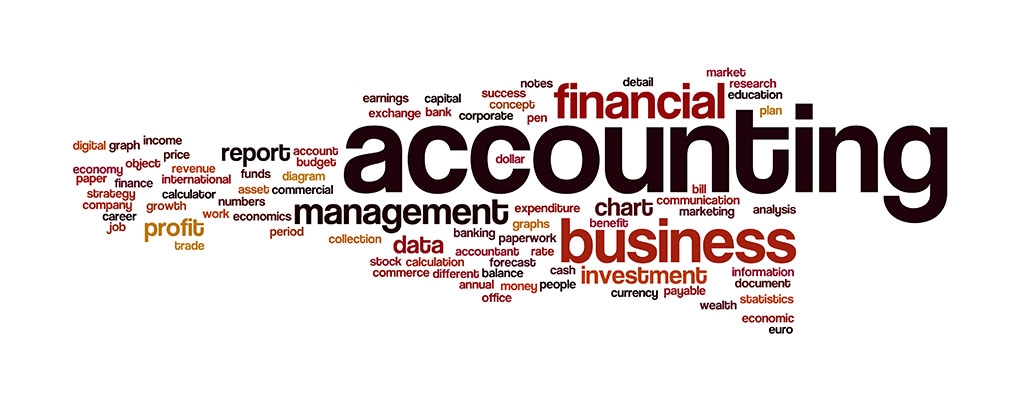Refonte Learning : Front-End Development for Beginners: Key Skills, Tools, and Career Opportunities
Earning a bachelor’s degree in an area of study such as computer science is a great way to gain coding skills, learn theoretical concepts, and develop a portfolio. However, spending several years in school isn’t the best option for everyone. You can accelerate the process of becoming a front-end web developer by enrolling in a boot camp, either full-time or part-time. This will allow you to develop in-demand skills over six months or less. Another way to acquire front-end web development skills is through online classes, where you can learn at your own pace. One reason front-end development is so attractive is the strong demand for these skills in today’s job market.
Which front-end framework should I learn?
As presented in this blog post, becoming a front-end developer is not only about learning various front-end frameworks and programming languages. It’s about the interaction, responsibilities and roles as a front-end developer. You should try to become familiar with the following technologies and skills, listed in a rough sequence, as you progress in your front-end journey. This list is long, but you don’t need to learn everything it contains before finding your first job. In addition, many of these skills and technologies include multiple examples in parentheses, and you don’t need to master them all.
- Learners are advised to conduct additional research to ensure that courses and other credentials pursued meet their personal, professional, and financial goals.
- They write computer instructions that in turn make an amazing website application and features.
- Another fundamental aspect of front-end development is being able to connect front-end and back-end features to improve functionality and accessibility.
- There are various online platforms available over the web from where you can learn these technologies and can practice your skills as well.
As you start your journey with front-end development, you will need to decide on your toolkit and the services you need to to make your life easier. Learning about the different tooling options is an important thing. Great tools will help you enhance and automate your front-end development workflow. As a beginner, you might wonder which area of web development to pursue. If you’re not 100% sure which one to follow then I recommend you read this blog post on how to become a full stack developer.
Do I need any prior knowledge to start learning front-end development?
Rather than having to code everything from scratch, jQuery lets a developer add ready-made elements to projects, then customize as necessary. You can use jQuery to perform common JavaScript functions like adding or removing classes, or to build common web UI elements like countdown timers, date pickers, or tooltips. In order to start on any front end web development career path, you’ll have to master coding with HTML and CSS. The good news is that getting a solid working knowledge of either of these can be done in just a few weeks (and you can even start today in our free online coding course). CSS pre-processors allow the front-end developer to write code in the pre-processor language that helps to speed up the CSS coding.
How to Land a New Job in Front End Development in 12 Months or Less
If you are serious about becoming a decent front-end developer, then you need to master JavaScript. These are all relatively simple languages that are quite easy for beginner programmers to learn. They don’t take a long time to become fluent in, and they are a must for anyone who wants to work in front-end web development. This certificate created with CodeSignal is designed to help aspiring web developers begin their journey, gain valuable experience, and add a critical credential to their résumé.
Content Management Systems and E-Commerce Platforms
Many successful front-end developers are self-taught or have completed coding bootcamps. While lesser-used CMS knowledge isn’t as in-demand WordPress expertise, it can give you a niche desirable among companies who use different systems. Although front end developers would not build a CMS from scratch (that would be the work of backend developers) they can integrate their code with an existing CMS.
- For this reason, developers use Vue for single-page applications and web user interfaces.
- Backend developers create the invisible elements on a web page, like database structures and queries.
- Add a few bells and whistles like dark mode, animations, and case studies to push your site over the top and include it as a project in your portfolio.
- Building a portfolio is a great way to demonstrate to employers that you have the necessary skills and experience working on relevant projects.
- As you work on small projects, you’ll gain experience with HTML, CSS, and JavaScript.
Roadmap.sh will keep you focused and help you reach your maximum potential as a front-end developer. It has numerous resources that will help you learn front-end and web development. To get started, sign up, create a front-end roadmap plan, and how to become a front end developer begin studying.
Soft skills are just as essential as these technical skills, though. Frontend developers are typically tasked with writing code, analyzing code, debugging applications, and implementing designs. Rest assured, though, it’s completely normal to take more than one career path in your lifetime. If you’re here, you probably think that maybe the next best step for you is frontend development.
One final question most people have is how long it takes to become a front-end developer. Well, the length of time it takes is entirely dependent on your learning pace and prior knowledge. Front-end developers must be effective communicators (written and verbal) because they must interact with both the technical team and the client. As a professional frontend developer, you should be familiar with APIs and how to consume and manipulate them.
They’re responsible for the look and feel of a website or application. They use design, coding, analysis, and debugging skills to build the client side of a website. You will learn techniques like image optimization and code minification to ensure your websites load quickly and smoothly.
Consider working voluntarily to build a website for a local business, or build a website or application on a subject you are interested in. You may offer your services on a freelance basis to build experience and continue to learn in the process. You can also find opportunities to collaborate on open-source projects that could help you develop your skills and provide you with examples for your portfolio. The good news is that although web accessibility is a big topic, it doesn’t have to be hard to implement. To get experience as a front-end developer you can practice and get certificates from online courses. Moreover, you can do freelancing, or even volunteering and build your website, also, keep a portfolio of your work.
Qualifying for a front-end web developer position primarily comes down to acquiring the right skills to do the job. This position requires a skill set filled with technical abilities and various workplace skills. Your portfolio is your personal showcase for potential employers or clients. A well-designed portfolio will highlight your projects and demonstrate your front-end development skills. Though it is not required, having a grasp of the basics of backend development can be helpful.
Here you will take a deep dive into the 15 key skills required for all professional front end developers. He has more than a decade’s experience working with media and publishing companies to help them build expert-led content and establish editorial teams. At Forbes Advisor, he is determined to help readers declutter complex financial jargons and do his bit for India’s financial literacy. Front-end development is all about technology and programming knowledge that helps to produce interactive functions and graphic elements for a website. On the other hand, back-end development is the technology used to enable this functionality.
Front-end developers are responsible for implementing website functionality and interactivity. This step often follows the designer’s completion of the user interface layout. The process involves making user-friendly UIs that boost user experience and engagement. The front-end framework you choose depends on your goals, preferences, and skills. Before making a decision, consider what you want to use the framework for.












